Sponsored
What does Ethereum have over other altcoins?
You should know that many developers choose Ethereum over other platforms to explore NFTs, and this is another thing that sets Ethereum apart from the crowd.
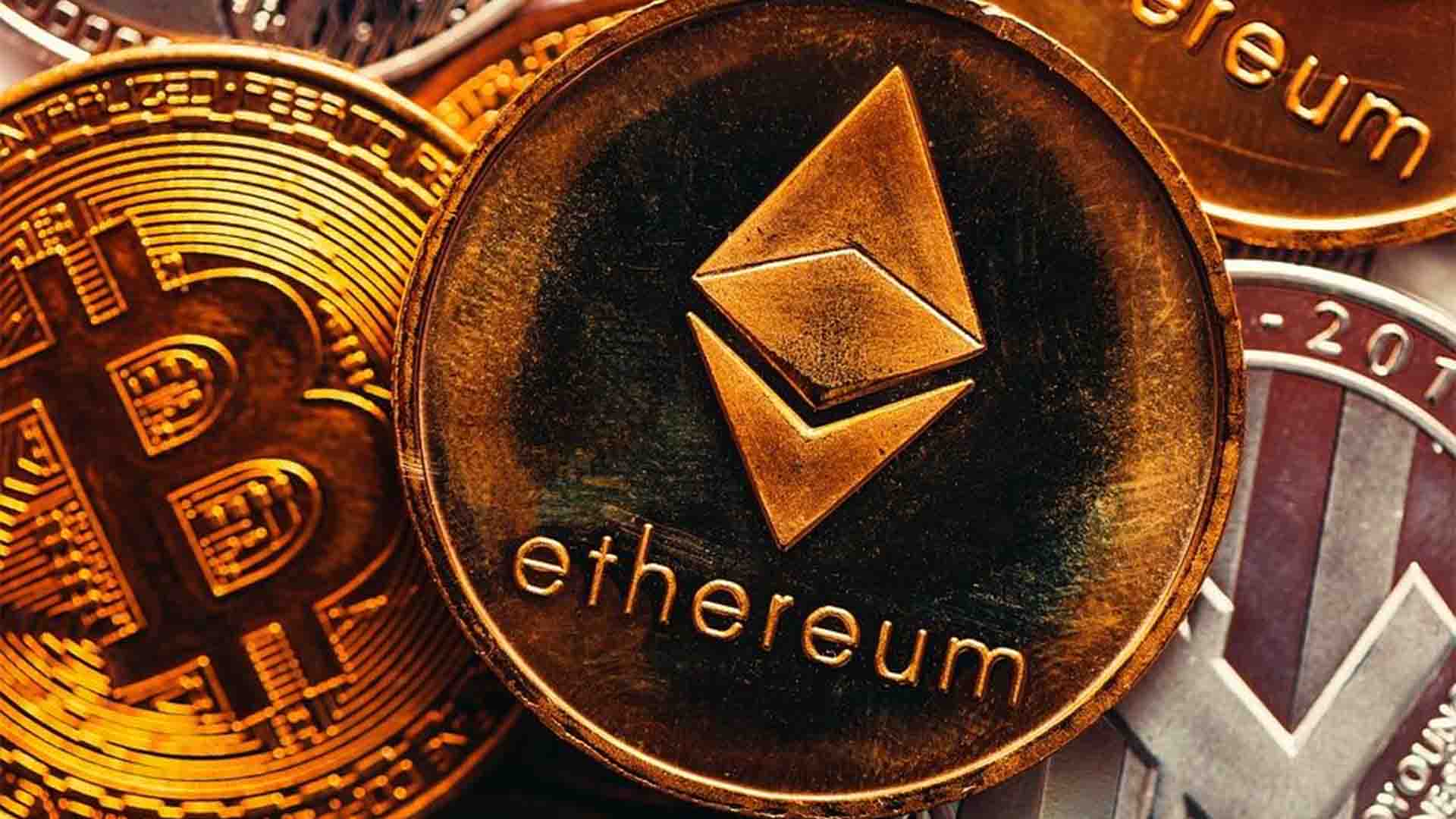
Just a heads up, if you buy something through our links, we may get a small share of the sale. It’s one of the ways we keep the lights on here. Click here for more.
Due to Ethereum, ‘altcoin’ is no longer associated with an alternative – a less profitable one – to Bitcoin. The platform has repeatedly proven its name does matter; hence, investors and traders have maintained their interest in this emerging crypto.
But Ethereum stands apart not only from its rival, Bitcoin but also from other altcoins. It’s the second-largest digital currency and the first to steal the limelight from Bitcoin.
The virtual coin surpassed many altcoins in returns, including the meme-inspired coins that have taken the market by storm lately.
According to The Motley Fool, EEA (Enterprise Ethereum Alliance) boasts some reputable founding members, including JPMorgan Chase, Intel, and Microsoft. So, adopting Ethereum on a large-scale no longer seems so far from reality.
Needless to say, Ethereum is the underlying technology of NFTs and Metaverse and is being used to develop products that eliminate the need for third parties in the transaction validation process.
The increasing popularity of this cryptocurrency means it’s time to gain a more comprehensive understanding of the Ethereum platform and learn what sets it apart from others.
The following breakdown of facts also helps in case you decide on investing. Nonetheless, be sure to carefully analyze the ETH price chart and trading volume before making any move.
Smart contracts
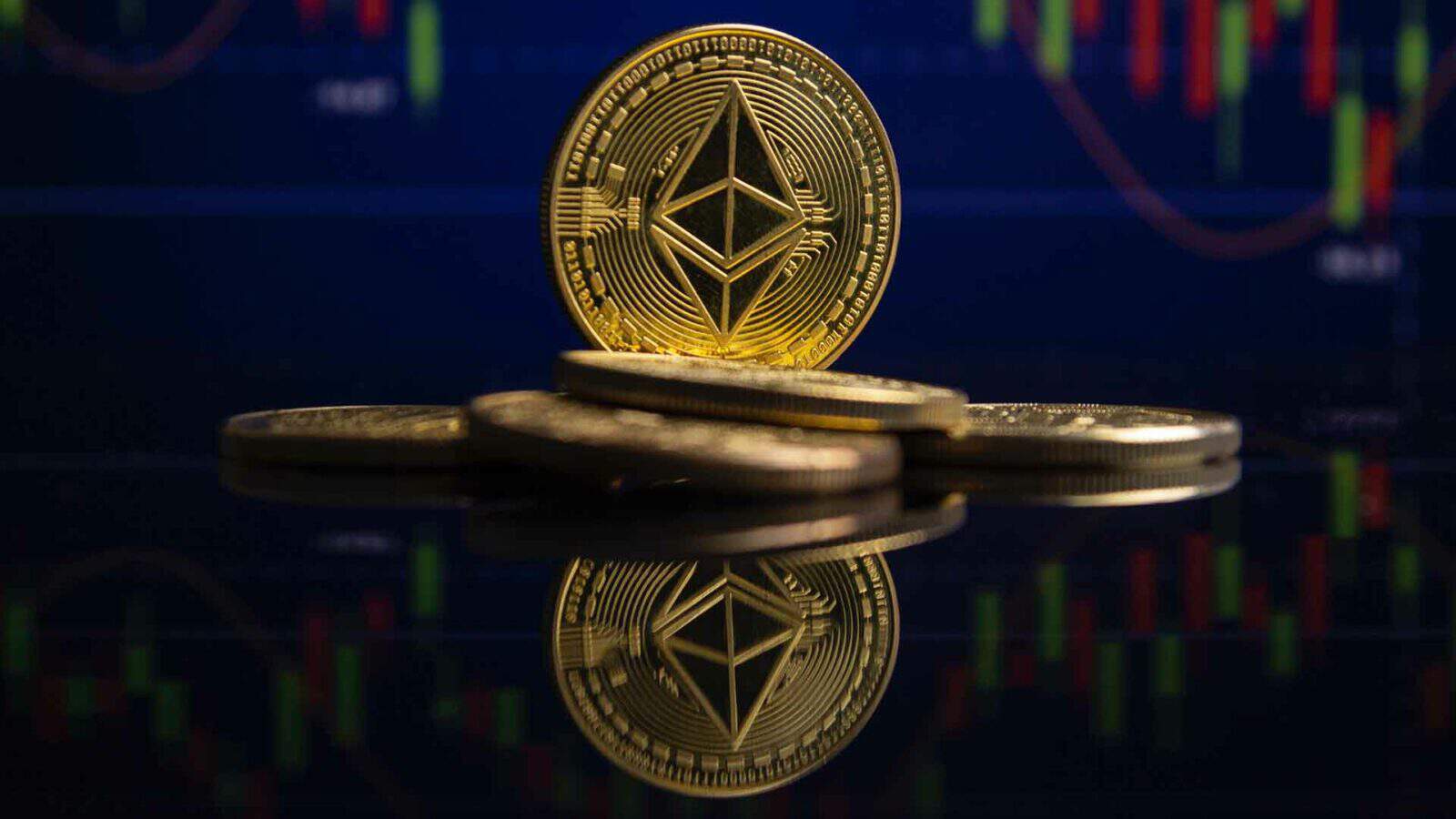
Smart contracts are revolutionizing how people exchange their assets on the blockchain. Whether it is about shares, property, or real money, smart contracts are involved in any digital asset exchange on the Ethereum network.
But what are they, after all? They’re collections of code that automatically execute when certain stated conditions are met.
These nonconventional contracts carry out sets of instructions that help the involved parties conduct smoother transactions without the need for a financial intermediary to intervene.
Decentralized applications (dApps) are also powered by smart contracts. So you could assess these contracts’ importance by simply imagining life without smartphone apps not maintained by any single authority.
Besides, anyone on the Ethereum platform can create smart contracts, as these involve mutually agreed-upon terms and conditions.
Plus, there’s no room for changes – smart contracts’ most significant feature is that they can’t be modified once it’s executed.
The network permanently registers transactions done on top of smart contracts, so even if these contracts are altered in the future, the transactions associated with the original ones will always be there.
This, in turn, leads to more transparency, trustworthiness, and scalability.
However, remember that smart contracts aren’t restricted outside Ethereum – it’s just that the Ethereum platform has made itself a leader in this community.
Bitcoin also supports smart contracts, but users are more limited in this latter case, so developers prefer to explore smart contracts on the Ethereum network. And that’s one thing Ethereum has over other players in the game.
Ethereum Virtual Machine (EVM)
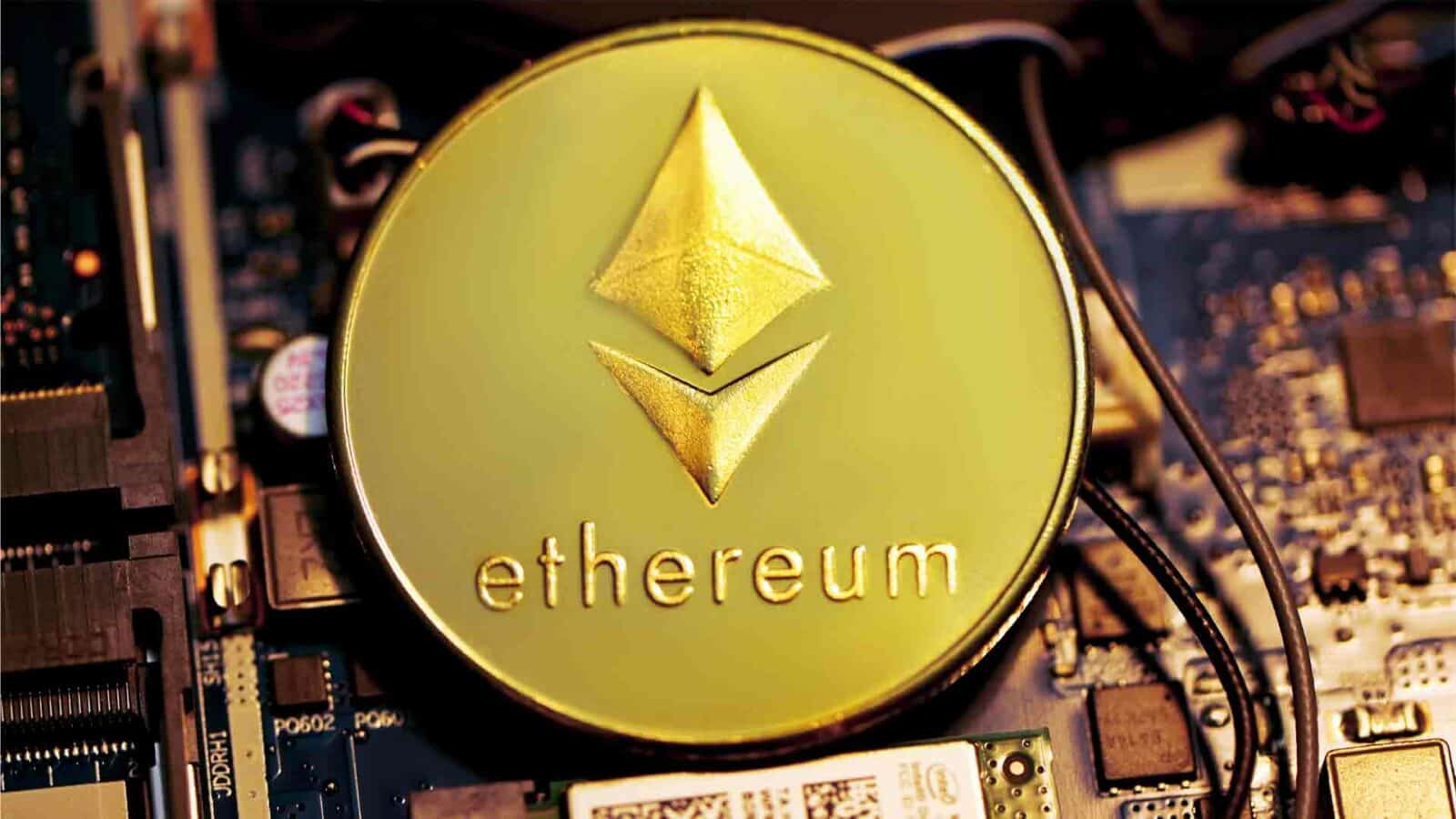
Smart contracts, however, wouldn’t exist if there were no machines to power them. In the case of Ethereum, that is EVM or Ethereum Virtual Machine.
This helps translate smart contracts’ language, i.e., Solidity in the very case of Ethereum. EVM is, thus, a runtime environment designed to support Ethereum’s smart contracts by executing more than 140 distinct codes with specific tasks in this sense.
It runs on a sandbox environment, meaning that users can basically organize their stand-alone environment so as to serve as a development and testing environment.
Hence, you can assess and test your smart contract multiple times and proceed with its deployment once it meets your needs and expectations.
There’s no other way to read and execute the bytecode that smart contracts are compiled into without EVM. This is an indispensable feature of Ethereum not many platforms dispose of.
Proof-of-Stake (PoS)
Before the Merge, which took place on 6 September 2022, Ethereum utilized a Proof-of-Work (PoW) consensus.
This type of algorithm supports most cryptos out there, including Bitcoin. However, it’s worth noting that a Proof-of-Stake (PoS) is a highly recommended alternative.
PoW’s main downside is that it imposes significant hardware and energy costs in the transaction validation process and in deterring attackers.
PoS, on the other hand, is specially designed to minimize the use of resources spent in this regard. In a PoS system, the validator is a random miner who can confirm transactions depending on the number of coins they hold before mining.
This action will consume far less energy and technological resources, so it’s less harmful to the environment.
Decentralized applications (dApps)
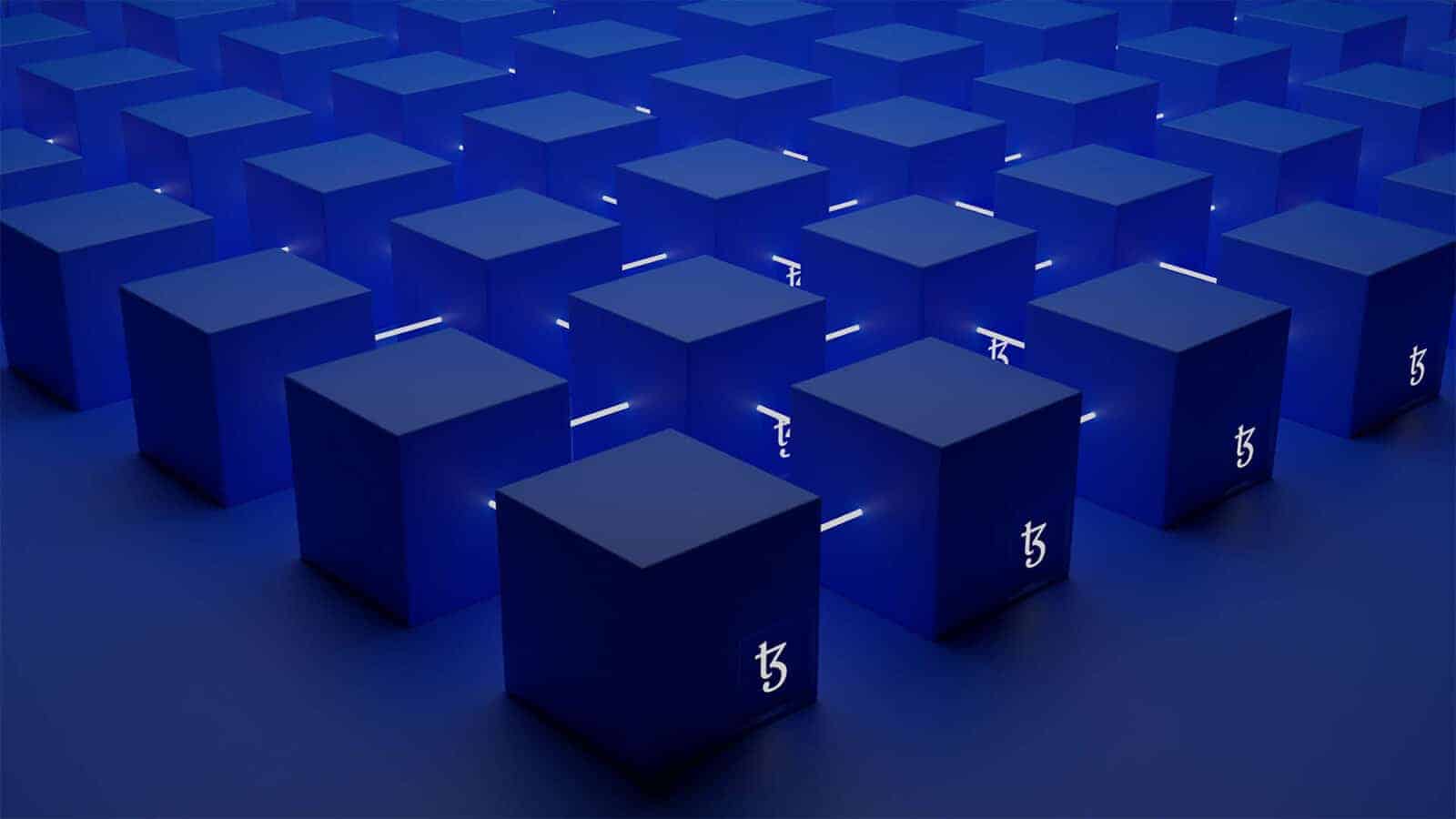
A major trend in Ethereum is DeFi, which implies everything from mortgages to loans. These products are built using blockchain technology, so the process doesn’t involve any financial intermediary.
No authority can gain control over your money, and the transfer of funds will only happen in a trice. DApps result from a DeFi system and are a special feature of Ethereum.
They consist of a backing code that runs on the Ethereum network, and, as previously mentioned, they don’t allow any third party to get involved in the validation process.
These software apps allow the end-users and the dApp provider directly interact, making the process much more seamless than traditional apps.
Examples of famous dApps include Pancake Swap, Aave, OpenSea, Upland, and Inch. However, more are to be released since the area has gained much ground lately.
Decentralized autonomous organizations (DAOs)
A DAO is a collectively owned digital organization that runs without hierarchical management. Smart contracts support these and work in a democratic, decentralized fashion.
In other words, no centralized authority has control over decision-making; instead, certain designated authorities are in charge of this. DAOs are also governed by protocols attached to smart contracts and, hence, depend on smart contracts for decision-making.
This is also referred to as a decentralized voting system, and before any decision or change can be made, it has first to go through this decentralized system of voting.
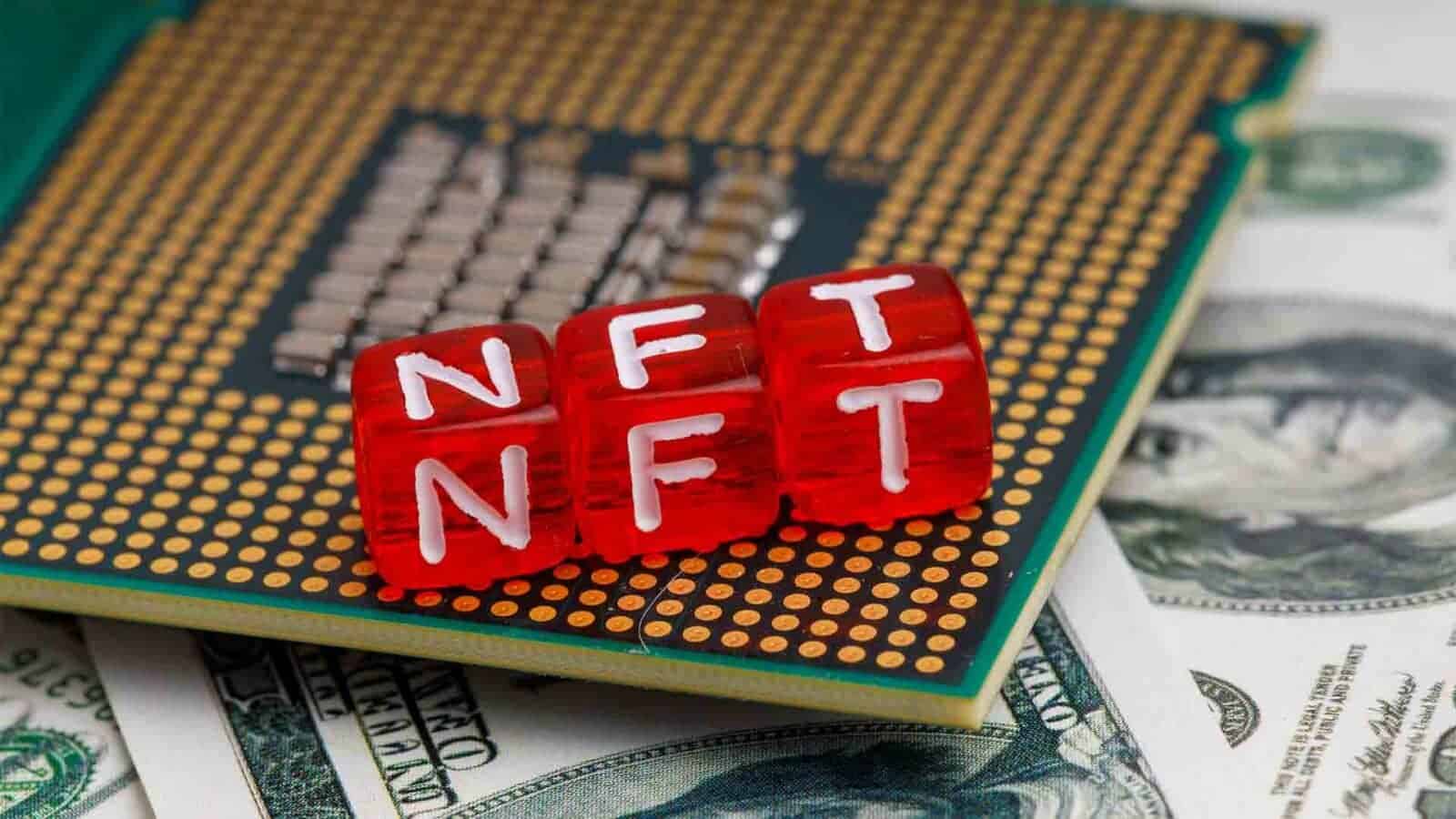
Let’s not forget about NFTs, which are secured on the Ethereum blockchain and made famous all over the world. These are special assets designed to represent ownership of unique digital items, from art and music to real estate and in-game collectibles.
You should know that many developers choose Ethereum over other platforms to explore NFTs, and this is another thing that sets Ethereum apart from the crowd.
Have any thoughts on this? Drop us a line below in the comments, or carry the discussion over to our Twitter or Facebook.
Editors’ Recommendations:
- Factors to consider before buying Ethereum
- Best crypto exchange to buy Ethereum with a credit card
- Can investing in Ethereum make you wealthy?
- What is cryptocurrency, and how does it work? A comprehensive overview
Disclosure: This is a sponsored post. However, our opinions, reviews, and other editorial content are not influenced by the sponsorship and remain objective.































